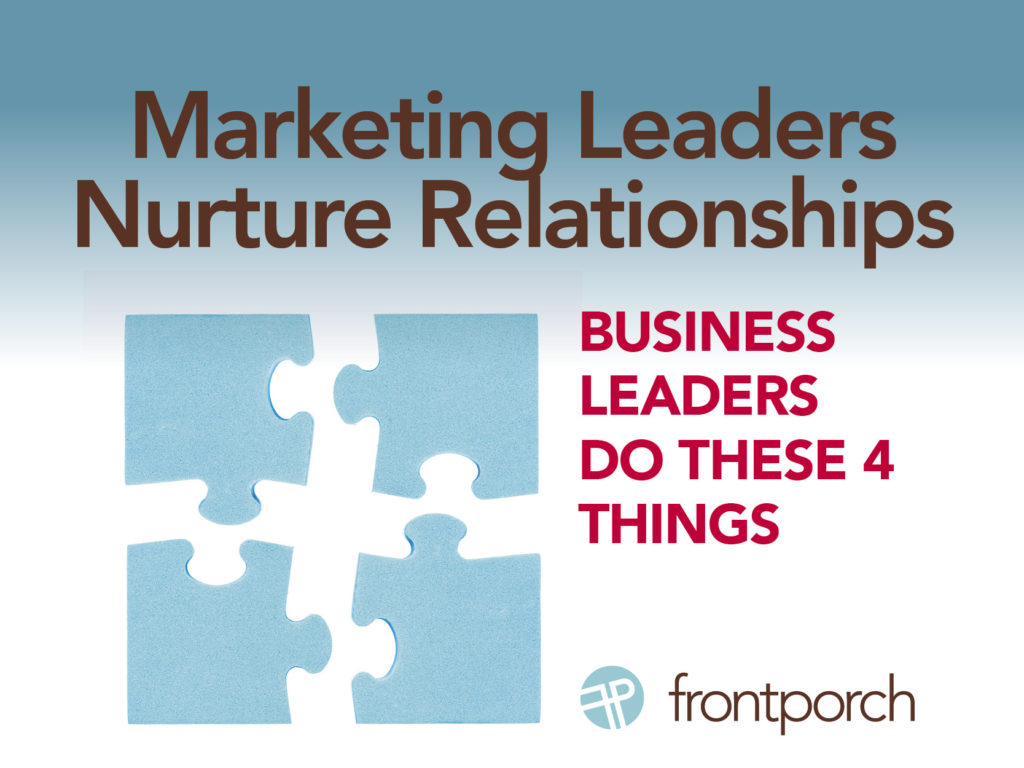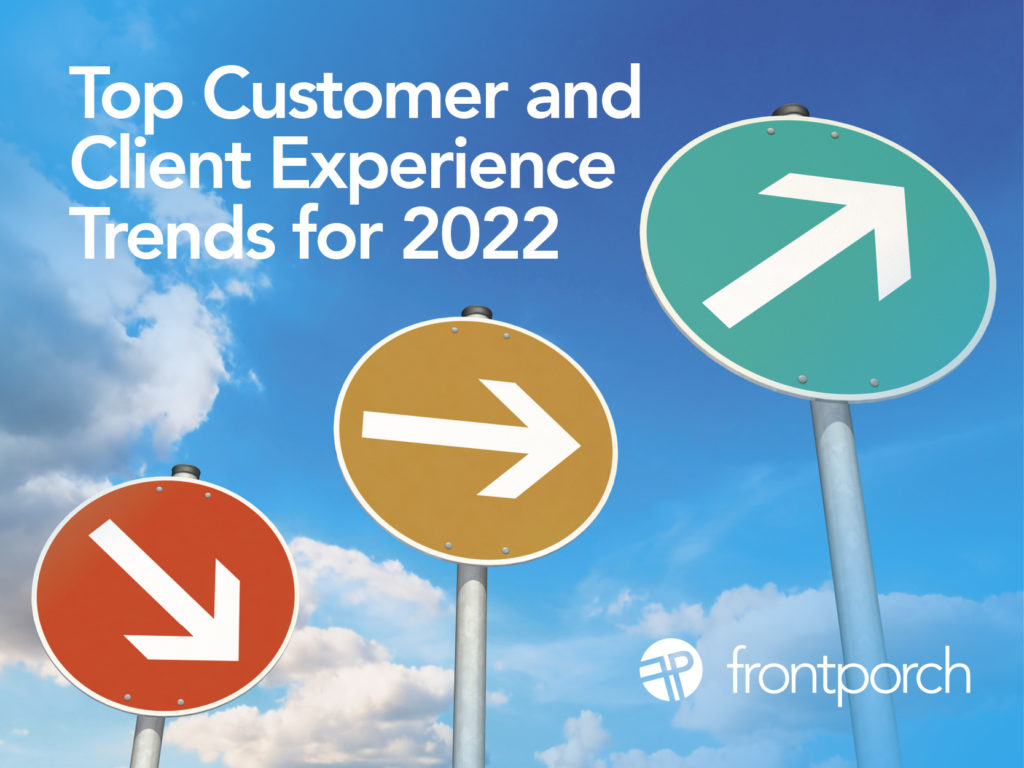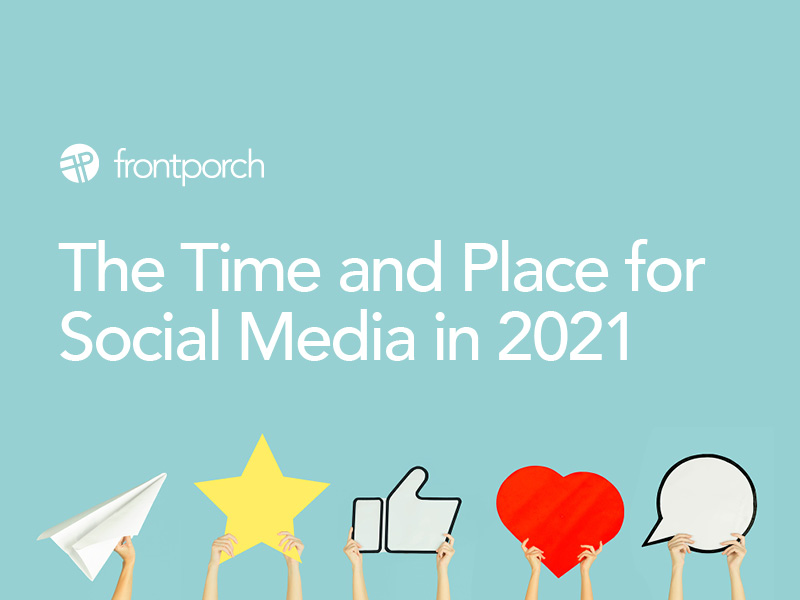
Is your brand looking dated or tired? Is it still representing your business the way it needs to? One of our new clients came to us for a social strategy and execution. That is what they thought they needed. But, upon initial discovery, we altogether realized that would be shooting money into the wind. What they needed was really a brand refresh.
How Do You Know When You Need a Brand Refresh?
Examine your brand! This is what we did as a team with this new client. First, we did a deep dive discovery process that included several steps:
- A brand audit laid out all the brand’s existing materials like their website, collateral and social, to see if their branding is still relevant and representative of their current business.
- Internal and external stakeholder interviews uncovered brand insights and allowed everyone to see the business through other’s eyes
- A competitive analysis was conducted of the industry that the brand operates in, and who their competitors are.
The Conclusion? The Brand Needed a Refresh.
There are specific and necessary steps to take in a brand refresh to be thorough. We like to follow this tried-and-true plan when we undertake a company’s very important branding!
- Project timeline – Stick to it and hold each other accountable. This will keep moving things forward with all eyes on the prize.
- Brand pillars – Define your vision plus three other very important things. Want to know what those things are? We are happy to share them with you! And our process as well. Just call us!
- Solicit feedback beyond the leadership team – The more internal buy-in throughout the entire process the more successful an initiative and brand your company will become. Your greatest ambassadors are your employees, so make them part of your branding process.
- Testing of concepts – Your refreshed brand should connect with both internal and external audiences. So testing the concepts is important to find the clear choice.
- Roll out plan – A disciplined execution of the branding roll-out plan will make your new brand refresh a success. Whether it’s a new logo, tagline, website, collateral or PR, timing is everything and having a plan is key to making the big splash you want to make.
We look forward to sharing the results of three brand refreshes we are currently working on. Coming to you this fall, y’all.











